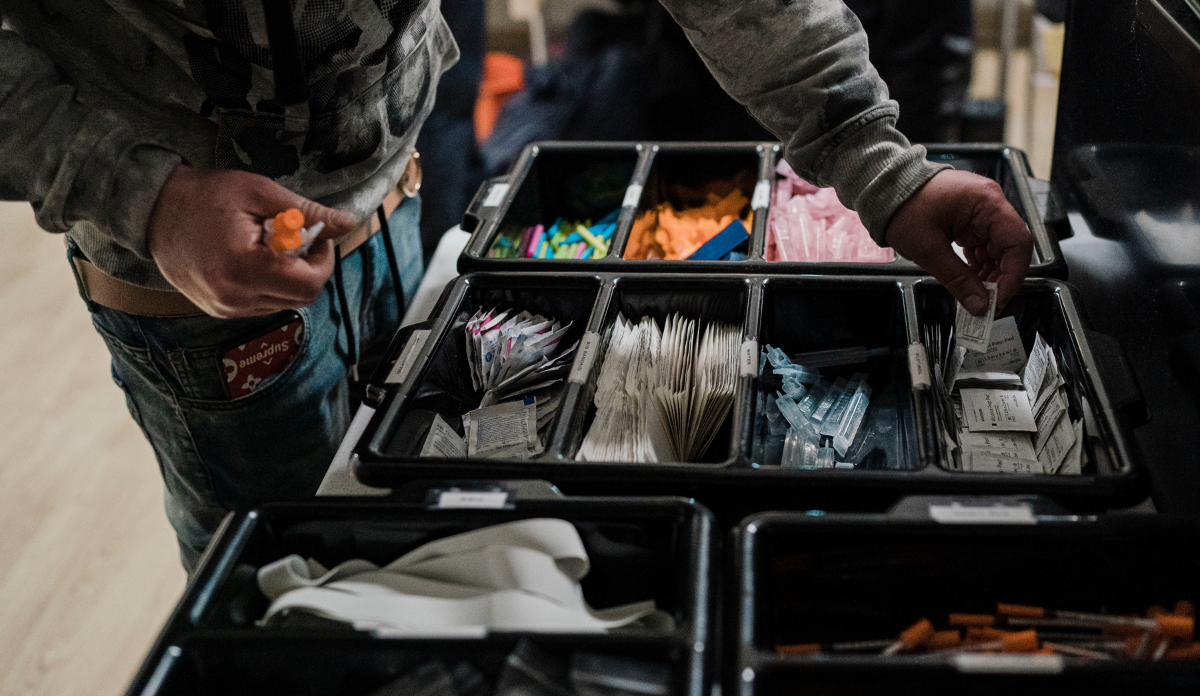It can be challenging to understand how to translate health equity from concept to on-the-ground reality. To do this, individuals participating in a decision-making process must consider the theoretical framework of health equity as they weigh potential options.
For instance, I recently received an e-mail from a decision-maker in our health system who oversees the safety-net clinic, where I work. As the clinic is not — and never has been — equipped to bill for telehealth visits, our physicians were asked to completely stop scheduling telehealth appointments. The impetus for this decision was financial. In-person visits generate revenue and telehealth visits do not. The result is that access to care for racialized minorities and others who lack reliable transportation will be disproportionately affected.
To foreshadow this tragic outcome and brainstorm alternatives that instead promote health equity, decision-makers should engage in the intellectual exercise of asking how a decision impacts equity before it is made. If this seems overly simple, that’s because it is. The prerequisite for promoting health equity is a decision-maker at the table who proposes that options be viewed through a health equity lens. The following vignette illustrates how, even at the highest level of government, decision-makers can promote and prioritize health equity by engaging in this intellectual exercise.
Last year, Rhode Island became the first state to pass a law making safe consumption sites legal. In response, the Governor of Rhode Island created a Regulations Committee to briskly and efficiently set policies and procedures that would enable our state to create safe environments for individuals to engage in the life-saving practice of using drugs in a monitored setting. As a governor-appointed member of the Regulations Committee, I joined 9 other stakeholders weekly to create the policies that will dictate the creation of the first ever state-wide safe consumption center in the U.S.
It is common for individuals to make decisions without considering the theoretical framework they are invoking. This is precisely why it’s so important to consider and center a framework beforehand.
As we considered the types of drugs that could be used in these harm reduction centers, most committee members favored excluding drugs, such as crack, the free base form of cocaine, that require inhalation. The rationale was that adding the necessary ventilation would increase costs, making the creation of these centers untenable for some organizations. The argument that we should prioritize individuals who inject drugs at the expense of individuals who smoke crack was rationalized via the age-old saying: don’t let perfect be the enemy of good.
In other words, the theoretical framework underpinning the decision centered adequacy – is this adequate enough? But the well-intentioned proponents of the decision did not realize that they had subconsciously invoked this framework. In fact, it is common for individuals to make decisions without considering the theoretical framework they are invoking. This is precisely why it’s so important to consider and center a framework beforehand.
A peer recovery specialist at the meeting raised his hand to ask a question. “When I used, my drug of choice was crack. The majority of my Black clients smoke crack. It seems yet again, I’m left out. We’re left out.”
Over the next week, the Department of Health pulled the numbers and presented data that most of us already knew: that Black and Brown Rhode Islanders who use drugs die from crack inhalation. In addition, the Department of Health convened with the Fire Marshall to discuss ventilation codes and costs, and they determined that the additional cost for enabling crack use was much lower than initially presented.
The peer recovery specialist’s comment asked us to consider a health equity framework. The Department of Health did its due diligence in terms of research, and the committee unanimously voted to require that any Harm Reduction Center be equipped to welcome individuals who use drugs via any route, including inhalation.
Using opioid settlement dollars, the Rhode Island government recently approved funding for the establishment of the first of many harm reduction centers in our state. As the City of Providence works with peer-based organizations to secure a location, the residents of Rhode Island can rest assured that all individuals — regardless of race, socioeconomic status, or route of drug use — will be welcomed with open arms and sterile syringes and pipes.
Photo via Getty Images














